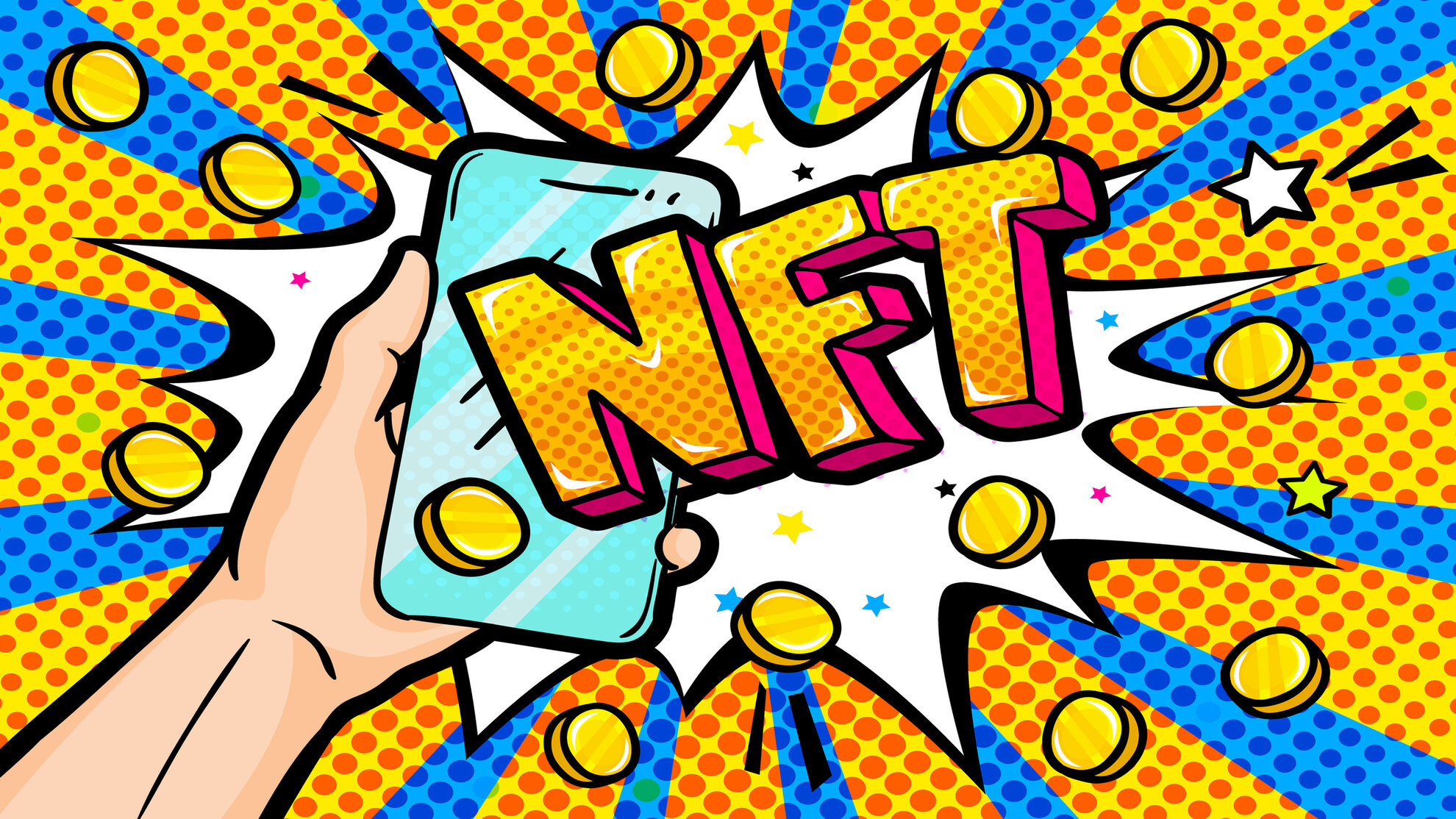We’re all overwhelmed by NFT’s - you are not alone!
Somewhere along the past two years NFT’s crept in as the latest hot commodity. Riding on the cryptocurrency market, we were left wondering- but, is it art?
For those who are still wondering what NFT’s are exactly, we extracted a summary of ‘NFT’s for Dummies’ to co-figure out what they are and how they work.
"A non-fungible (meaning unique, non-replaceable) token (NFT) is a unique digital code that represents some kind of digital item. It could be digital art or music, for example. An NFT is secured and stored on a public blockchain. One token is not interchangeable for another, and a token cannot be further divided."
There are many different types of non-fungible tokens, and they can be created on well-known blockchains like Bitcoin and Ethereum.

What is a non-fungible token?
An NFT is a digital asset that may be unique and can be bought and sold. They cannot be swapped because no two NFTs are the same. An NFT can thus be understood as a collector’s exclusive item existing in digital form.
Owning an NFT does not mean that the asset cannot be reproduced or has no other copy. For example, there are numerous reproductions of the original Mona Lisa painting.
In the digital world, the holder of an NFT has a claim over the ownership of the original asset. At the same time, the owner of the work may not have all the rights to it, such as copyright.
As of now, having an NFT would merely mean possessing the item whose ownership can be proven by a built-in authentication system that is similar to that of cryptocurrency.
But while cryptocurrency, too, is a digital asset like NFT, the former is fungible because a unit of crypto such as Bitcoin can be exchanged with another unit of Bitcoin.
Besides artworks, NFTs can be created out of videos, music, collectables, GIFs, video game skins and even tweets.
How do NFTs work?
NFTs follow the blockchain system of cryptocurrencies.
Once an item is “tokenised”, the digital certificate of ownership can be bought and sold. The record of who owns NFTs is stored in blockchain — the system used to create and record transactions of cryptocurrency.
NFTs, therefore, exist on the blockchain. Since a blockchain is a secure platform, ownership of non-fungible tokens cannot be forged, information is transparent and tracking is easy.

Besides, NFTs may contain additional information fed by the owner or creator. These may include the signature of the artist or a contract guaranteeing the artist a share of the amount from a sale in future.
Currently, a majority of NFTs exist on Ethereum, but other blockchains are also increasingly supporting their versions. Ether, Etherum’s cryptocurrency, and Bitcoin are mostly used as currencies for NFT transactions.
As for the value of an NFT, it completely depends on its demand. If no one else other than you likes a work you have bought, you have no chance at reselling it.
Taxes are another matter to think about. NFTs can fall under capital gains taxes. They may not be exempted like other items subject to capital gains are, as they are collectables. You need to study your country’s law before investing in NFTs.
The risk, without a doubt, is certainly high for new investors. So, do in-depth research, considering all risks involved. You may also seek advice from friends who have invested in NFTs or an expert in the field.
*Source: Prestige Online
